<Report from overseas office> [Indonesia: World Residence Tour] Bathrooms in Indonesia.
- Release date: Nov 09, 2021
- 7020 Views
Introduction
Without a doubt, one of the most striking cultural differences in Indonesia is the toilet. Most toilets in airports, malls, etc. are western style, but the seat and floor can be flooded, so you have to be prepared every time you enter the toilet. You may wonder why the toilets are so flooded, but as you learn more about people’s habits, you will gradually understand.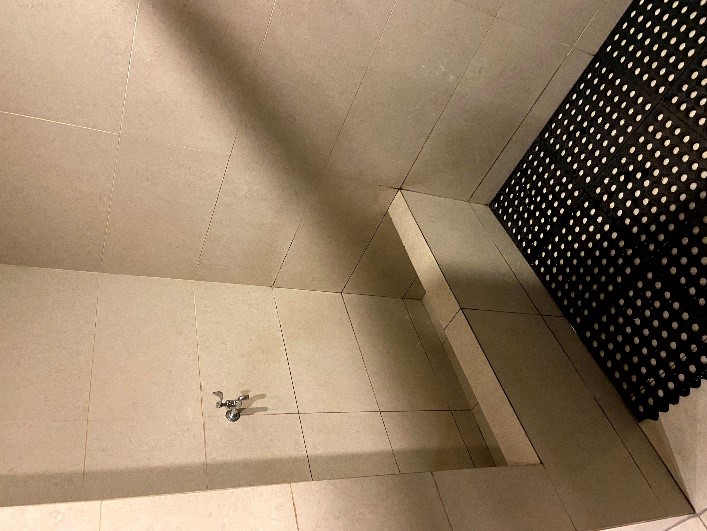
A washing place for purification in the toilets of our office (photo by an employee)
Muslims have a custom of praying five times a day, usually preceded by a purification ritual called Wudu. The method of purification varies from person to person, and family bathrooms are also used for this purification. Water from the tap is considered sacred and good for purification, while water stored in a tub is not used. Even in the restrooms in some offices, there is a washing area next to the washbasin for purification, and you will often see people purifying their faces and feet.I would like to introduce people’s daily habits through looking at bathrooms at home.
Bathroom
In Indonesian households, the common practice is to have a bathroom with a toilet and a shower booth in one. Class A houses often have two or more bathrooms, which are used individually for family, guests, maids, etc. In many cases, the bathroom closest to the bedroom is used by families.Showers are usually taken with water, not hot water. In Class A, water heaters are installed in more cases, but even if hot water is available, it seems that bathing in water is more pleasant in Indonesia, where it is hot and humid.
Most people take a shower in the morning and evening, but recently, due to the spread of coronavirus infection, some people go straight to the bathroom and take a shower when they get home. When taking a shower, the item that most people always use is body shampoo to wash their body. The frequency of washing their hair, on the other hand, seems to be divided into two groups: daily and once every two to three days.
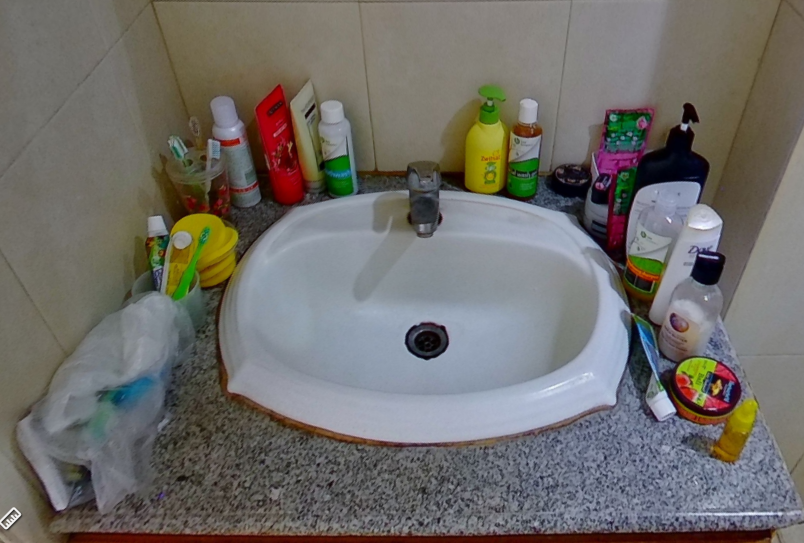
SEC ( Social-Economic Class ) A, Washbasin is located at the entrance of the bathroom.
Source: Intage Intage Consumer Database, Consumer Life Panorama
Source: Intage Intage Consumer Database, Consumer Life Panorama
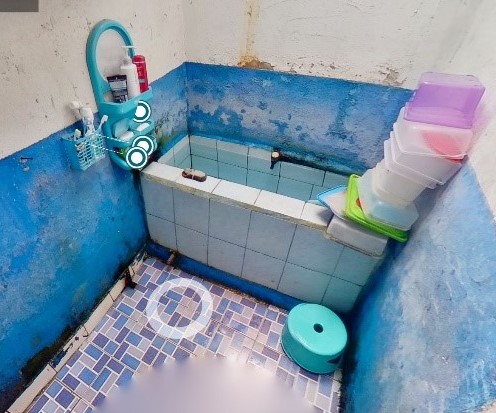
Source: Intage Intage Consumer Database, Consumer Life Panorama
In class C and D, more and more households do not have showers and wash themselves with water collected in puddles (water tank).In the case of this family, there are detergents in the bathroom as well as soap and toothpaste that are shared by the family, this is because there is no washing machine or sink in the kitchen and laundry and dishwashing is done in the bathroom. As the bathroom is located next to the kitchen, it does not seem to be inconvenient in terms of flow, but the walls are deteriorated and moldy, so it is not clean.
Toilet
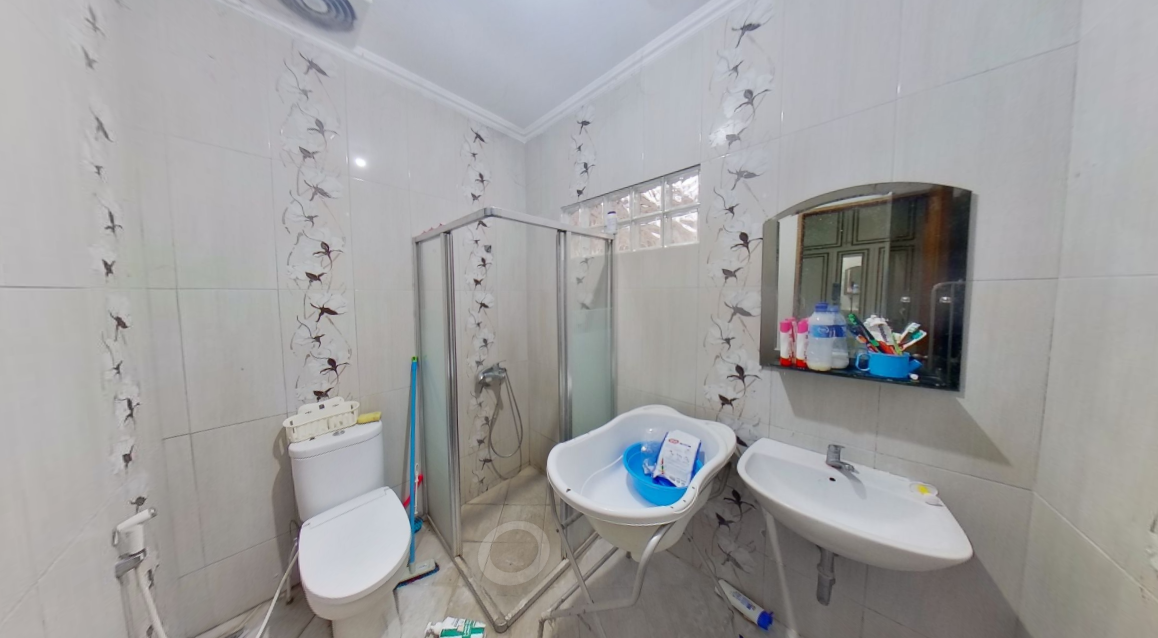
So what do people use the toilet paper in public toilets for? Some people use it to wipe the water off the toilet seat and body, but some people don’t mind leaving it wet as it dries quickly.
Because of the high water pressure, this hose is also used at home to clean the bathroom floor.
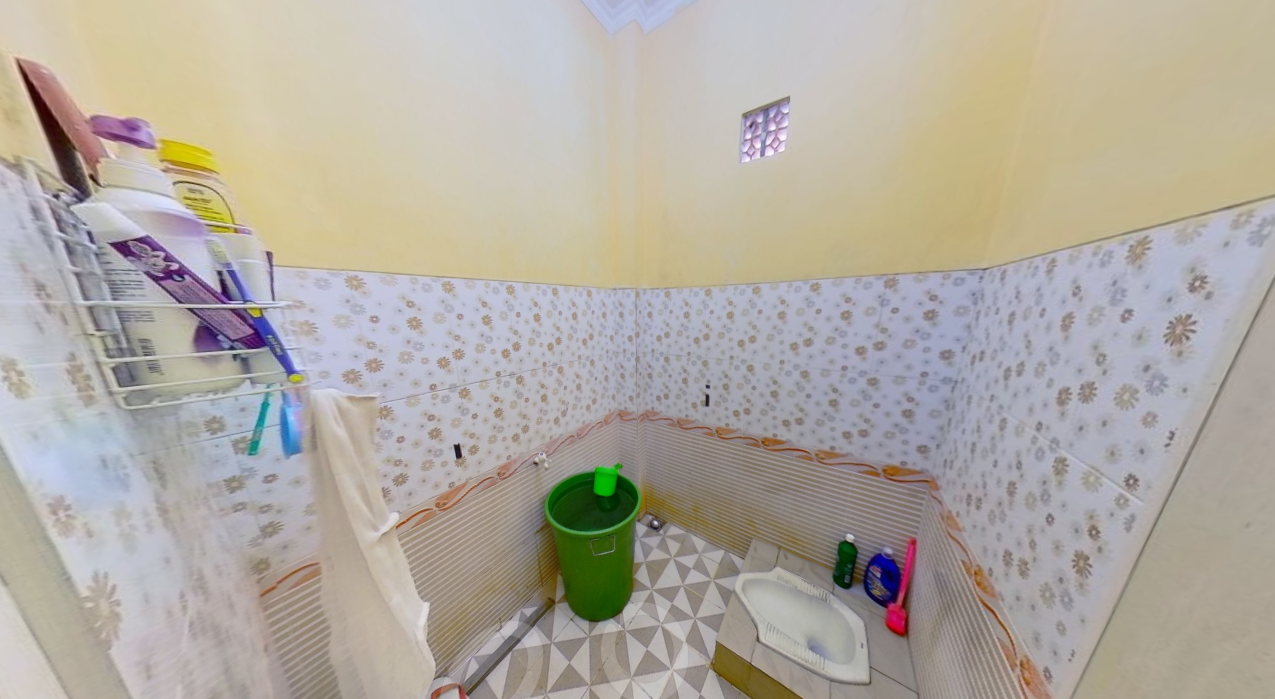
SEC ( Social-Economic Class ) D
Source: Intage Intage Consumer Database, Consumer Life Panorama
In Class C and D, more and more households have Japanese-style squat toilet. Next to the Japanese style toilet is a large tub and a hand basin, which is used to flush the toilet. In Indonesia, the left hand is considered to be the unclean hand, so water is always flushed with the left hand. There is no automatic flushing function, and the water flows after a certain amount of water has accumulated.Source: Intage Intage Consumer Database, Consumer Life Panorama
Japanese style toilets are more likely to become soiled than Western style toilets, but if soiling is concerned, use a tub of water and detergent to clean them.
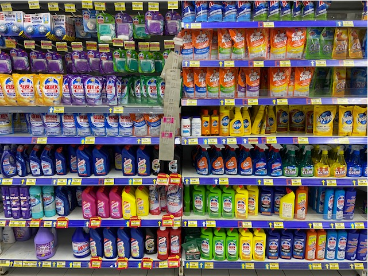
The detergent section of Hypermart in Jakarta (photo by employee)
The water in Indonesia is not clear, but slightly muddy, so a white toilet bowl can easily get stained. Many of the toilet cleaners you will find in the shops have a bleaching effect. Many of the toilet cleaners you will find in the shops have a bleaching effect. Many of them are sold in blue bottles, and in addition to those specially designed for toilets, some are available in a single bottle for use on toilets, wall tiles, sinks and floors. Introduction of Consumer Life Panorama
Consumer Life Panorama is a web-based database from Intage that allows you to see the real living conditions of consumers in Japan and overseas. You can view 360-degree images of the living environments of consumers in various countries, and see their daily routines, flow lines, and digital lives.Some of the photos in this article are taken from the database. This service can be used when you want to observe the living environment of overseas consumers at hand, without the need for customized surveys.
The Consumer Life Panorama demo site can be found here
For an overview of Consumer Life Panorama here
-
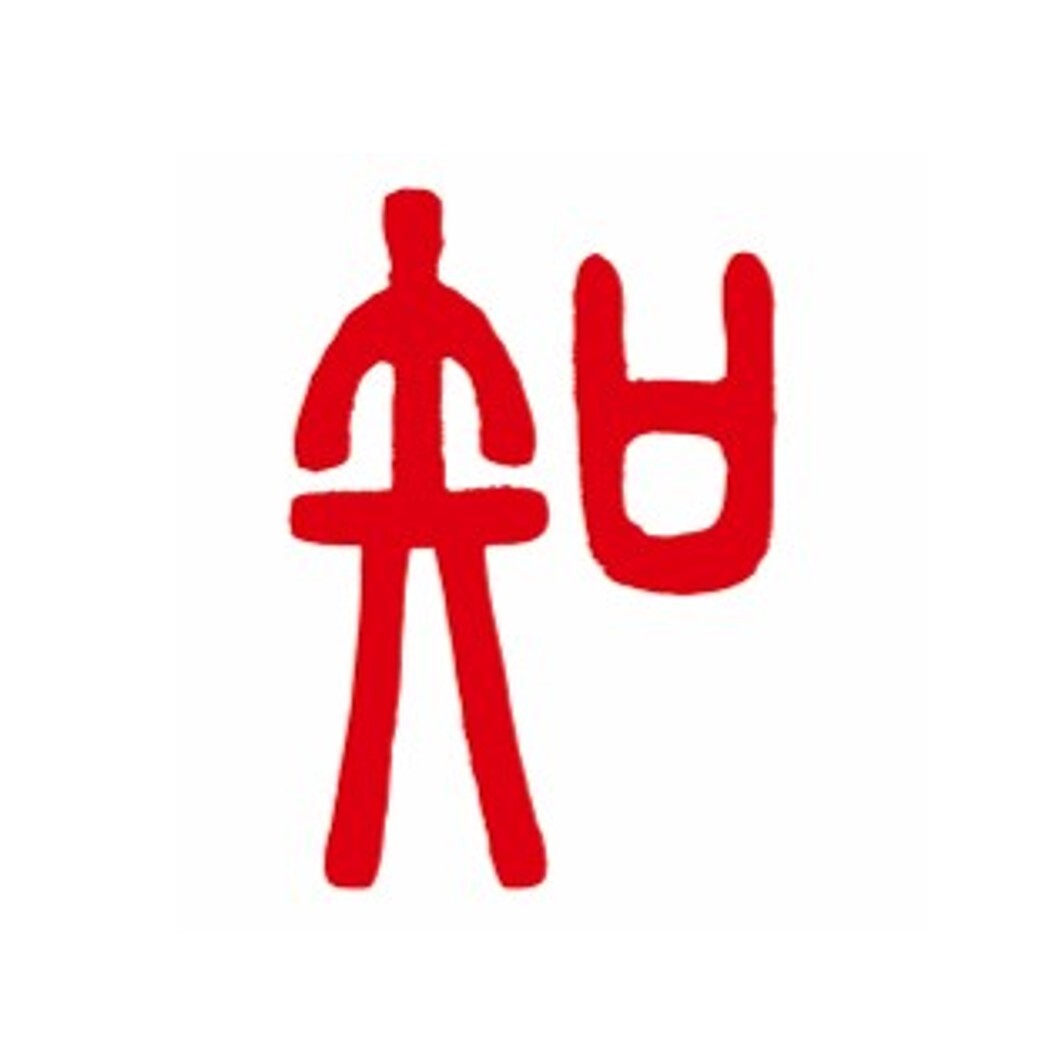
Author profile
Sumire Shibazaki
Senior Research Manager, Intage Indonesia.
After 8 years in charge of domestic research at the Intage Group, I worked in a department that oversees overseas research as outbound research from Japan and the business of overseas subsidiaries.I have been in charge of more than 20 countries so far.
I had planned to make my long-awaited debut as an expatriate in 2020, but it was postponed due to the impact of COVID‑19.
For about a year, I was in charge of research in Indonesia as a remote representative from Japan, and finally arrived in Indonesia in May 2021. -

Editor profile
Fong-Tat CHEW
 Global Market Surfer
Global Market Surfer CLP
CLP